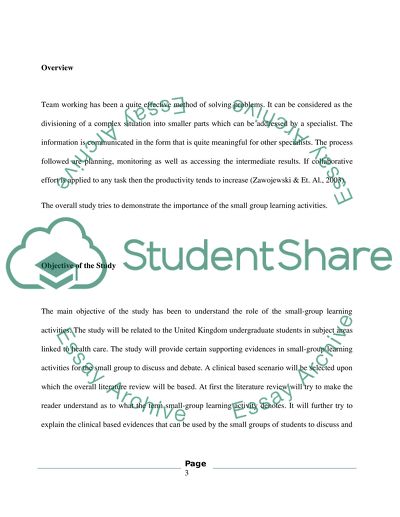Cite this document
(“Literature Review on Small-Group Learning Activities”, n.d.)
Retrieved from https://studentshare.org/gender-sexual-studies/1420388-literature-review-on-small-group-learning
Retrieved from https://studentshare.org/gender-sexual-studies/1420388-literature-review-on-small-group-learning
(Literature Review on Small-Group Learning Activities)
https://studentshare.org/gender-sexual-studies/1420388-literature-review-on-small-group-learning.
https://studentshare.org/gender-sexual-studies/1420388-literature-review-on-small-group-learning.
“Literature Review on Small-Group Learning Activities”, n.d. https://studentshare.org/gender-sexual-studies/1420388-literature-review-on-small-group-learning.


